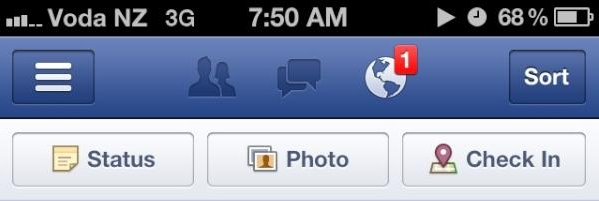
Did you know that the concept of brushing your teeth daily wasn’t the norm until the 1900’s?
 Claude Hopkins, an American marketer with a reputation for turning previously unknown products into household names, was one of the first to leverage the power of people’s personal habits. Claude’s challenge was to get people to use more Pepsodent, a brand of toothpaste, to ensure the product’s success. Many app creators face a similar challenge in ensuring their app’s acceptance and success in the market.
Claude Hopkins, an American marketer with a reputation for turning previously unknown products into household names, was one of the first to leverage the power of people’s personal habits. Claude’s challenge was to get people to use more Pepsodent, a brand of toothpaste, to ensure the product’s success. Many app creators face a similar challenge in ensuring their app’s acceptance and success in the market.
Enter the Habit Loop. So what is a habit loop? A habit is made of 3 main components; cue, routine and reward. A cue is like a trigger which fires a specific behaviour. The behaviour is an automatic routine that a person is often times not even aware they are doing, which is initiated by the cue. The routine results in a reward, which acts to strengthen the entire habit loop: cue, routine and reward. Most people, when they think about habits, focus on the behaviour or the routine they want to alter. Researchers found that in order to create or change a behaviour you need to focus on the cue and the reward. So how did Claude use this knowledge to help create the everyday habit of brushing your teeth?
Claude created a cue that was always there but no one had really realised it; the cue was the film that you feel on your teeth after not brushing for a day or so. For centuries people had lived with that film and no one ever minded it. That was until Claude reframed what ‘tooth film’ meant for people, through a marketing campaign focusing on the negative feelings of ‘film on your teeth’.

Now, how can you apply the same idea to your app and make it a habit for your users?
Researchers from Stanford have identified that products like Facebook, Quora and other successful apps contain the habit loop elements in their product design.
The evidence, based on a number of users and user habits related to these apps, to say that their app creators have successfully embedded the habit loop into their product.
Let’s take Quora for example. It is a billion dollar company with hundreds of thousands of active users.
Cue: The cues are the weekly newsletters and notifications when someone asks a question. The internal trigger is usually boredom or a need for knowledge. Quora makes it extremely easy to log you in, in fact, you’re never logged out. When you click a link in their email, it goes straight to your account even if you are logged out.
Routine: Once you’re in, you get to infinitely scroll and find answers of all kinds from all topics. You start to interact by answering or asking questions.
Reward: By posting comments, questions and answers you’re building up your profile. You get a good feeling and you gain Quora credits, or you simply get that great feeling of obtaining an answer to something you didn’t know a minute ago.

Once you are in, infinite scrolling through news and photos becomes the routine. New friends, staying ‘in the loop’, private messages and largely social connection are the rewards the user gets by using the app.
So, what is the cue , routine and reward for your app ? How can you make your app a habit?
If you’d like to book a 90-minute workshop with one of our app developers to share your app idea simply call us today on 1300 781 794
back to the Blog